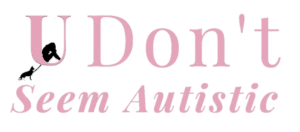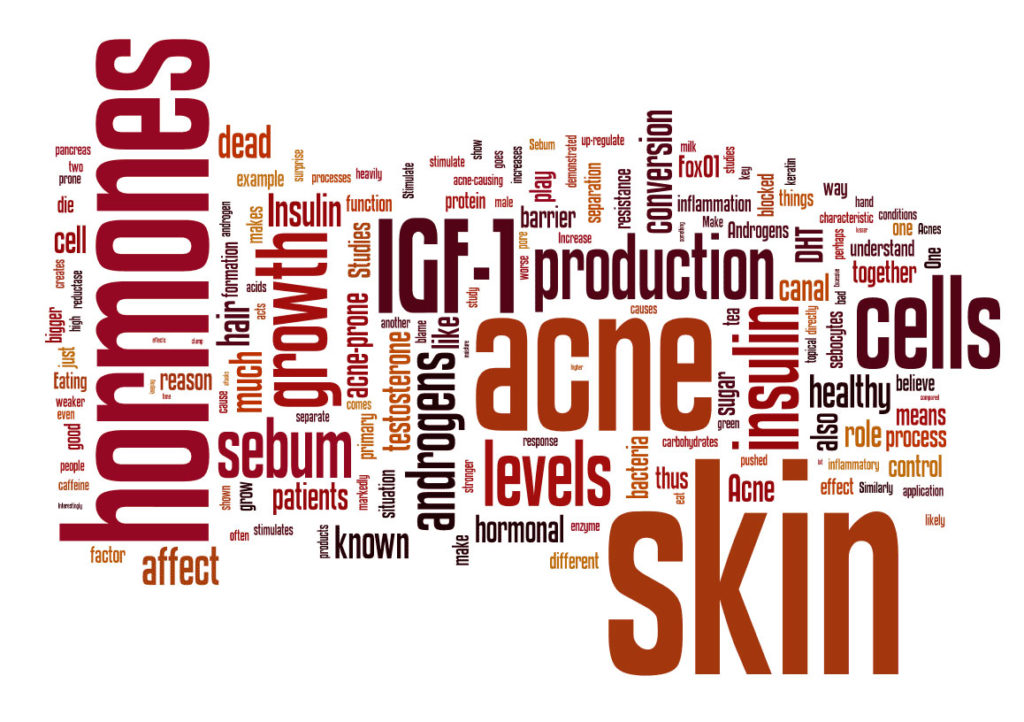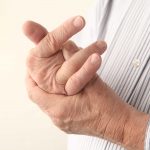We’re talking about breast pain today, and natural tips for relief. Breast pain, aka Mastalgia, is the most common benign breast disorder and according to California Pacific Medical Center occurs in 50 to 70 percent of women. Many people having breast pain reported a negative impact on their life, especially interference with sexual activity, physical activity, negative impact on work, and social activities. Yet, we don’t really talk about it widely and only about 30% of us seek treatment! Why would we not talk about something that can feel potentially scary? Because it’s seen as embarrassing perhaps. Well, not for Dr Kathleen & Team. Let’s bring it out into the open and cast aside the discomfort of this subject so we can start relieving some breast pain out there.
For me, being 46, I experienced, what seemed to feel, like suddenly quite strong intermittent stabbing breast pain this past year. Having lost my mother to hormonally receptive metastatic breast cancer 5 years ago, this was a trauma trigger, a cause for alarm in my reptilian brain, activating my fight or flight sympathetic nervous system, bringing on a sense of anxiety and panic anytime I started to feel this stabbing pain. You know what I am talking about if you are going through perimenopause, the time of life when your hormones are fluctuating typically starting in your 30s or 40s before you head into full on menopause. You are not classified as being in menopause until you have an absence of your period for at least one year.
So, I went through all of the medical checks and screening, and nope there was nothing to worry about there. But even with all of my holistic knowledge, this was enough to send me into a bit of an anxiety spiral.
On a positive note, it was a call for action to do something about this pain I was having cyclically, in my luteal phase when I ovulated up through the time just before my monthly period.
For me, it was as simple as reducing my caffeine consumption and increasing my supplement of Evening Primrose Oil from 500mg to 1000mg. But this was just my personal experience and what might work for me may not be the best for you, but we will explore other natural measures you can take to see if this can help your breast pain too.
So let’s explore why this occurs a bit further, and some natural means to see if you can find some relief like I did.
Firstly, sore breasts are very common cyclically at any age. This is because hormonal changes cause fluid to build up in the breasts, making them feel swollen and tender. Typically, as your menstrual period finishes, these pains will go away and then return as you enter your luteal phase, typically from days 12-14 leading up to your menstrual period. If you are estrogen dominant, a hormonal imbalance in which estrogen is higher in comparison to progesterone from a ratio perspective, or your estrogen is poorly metabolised through your liver, this may increase this breast pain.
The use of certain medications has also been implicated with breast pain which includes OCPs (oral contraceptive pills), estrogen and progesterone hormonal therapies, certain antidepressants like SSRI (selective serotonin reuptake inhibitors), and antihistamines. But please don’t stop your medications without consulting with your doctor but raising these potential links may help.
During perimenopause, from your 30s or 40s, the hormonal fluctuations are more dramatic. It is also common for breasts to get bigger or smaller or to change in shape during this period.
Changing levels of the hormones estrogen and progesterone are the usual cause of breast pain during perimenopause. As you enter perimenopause, estrogen and progesterone levels rise and fall in unpredictable patterns before starting to taper off. The spikes in hormone levels can affect breast tissue, making your breasts hurt.
Breast soreness should improve once your periods stop typically, and your body no longer produces estrogen. If you take hormone therapy in menopause, you may continue to have sore breasts.
You may find it helpful to keep a journal about your breast pain. Write down:
- what type of pain it is: is it aching, sharp stabbing or burning
- whether the pain comes and goes around where you are at in your cycle or is steady
- if you notice anything dietary or stress-wise that makes the pain worse or better
Check-in with your doctor who will typically provide a breast exam and send you for further screening like a mammogram or ultrasound to ensure there are no unusual lumps. This journal may be helpful to share with your doctor.
But once you have the all-clear, and you still have the breast pain, what are some ways we can mitigate this discomfort?
Lifestyle-wise, some simple strategies to reduce the pain may be helpful, including:
- Always wear a supportive bra, especially when you work out. It may be helpful to have a proper bra fitting in a shop that offers these, as many women are wearing poorly fitting bras.
- Limiting your caffeine intakes, such as black tea, coffee and chocolate. I love Chai tea, but this contains black tea, so I have reduced this and now have more red bush/rooibos tea as this is anti-inflammatory and caffeine-free.
- Avoid vaping and smoking.
- Place a heating pad on your breasts, having a warm bath or shower.
- Regular exercise facilitates the metabolizing of estrogen.
- Stress management strategies such as meditation, yoga and Qi gong to relieve anxiety associated with the pain.
There are many botanical supportive ingredients used for mastalgia worldwide, but some of the most common that have evidenced benefits I will summarise here:
- Nigella Sativa with the common name for Fennel Flower, in the seed, contains the unsaturated fatty acids linoleic acid and oleic acid. This supplement may change the balance of fatty acids in your cells, which may reduce breast pain.
- The Vitex agnus-castus is a plant with fingered leaves and is commonly called as “Chaste tree”. It was traditionally used in ancient Greek for treating women’s fertility dysfunctions such as dysmenorrhea, infertility, menopausal complications, cyclic mastalgia, and premenstrual syndrome. This plant affects the hypothalamic-pituitary axis which leads to the release of LH, decrement of FSH and increment of progesterone, which finally causes an increment of estrogen/progesterone ratio Another theory also expresses that by the inhibition of type two dopamine receptors in the pituitary gland Vitex agnus-castus which decreases prolactin production and leads to mastalgia healing.
- Evening primrose contains seeds including essential fatty acids (70% linoleic acid and 8–14% gamma-linoleic acid) which are known to help the healing of cyclic mastalgia. As these fatty acids inhibit arachidonic acid metabolites production this leads to anti-inflammatory effects. For me, it was about doubling my dose from 500mg to 1000mg but clinical trials that study its health benefits use doses that range between 500 milligrams and 8 grams per day.
- Flaxseed is a plant which contains unsaturated essential fatty acids (mainly omega-3) and possesses notable amounts of lignin phytoestrogen that inhibits aromatase action which leads to the reduction of estrogen. Lignin chemical structure is like estradiol and selective estrogen receptor modulators such as prescription Tamoxifen which is used for mastalgia and for breast cancer hormonal treatment.
- Early studies showed a possible beneficial effect of vitamin E on breast pain in premenstrual women who experience breast pain that fluctuates during the menstrual cycle. For adults older than 18 years, the maximum dose of vitamin E is 1,000 milligrams daily (or 1,500 IU).
Finally, if you want to have a look more closely at your total hormones, their metabolites (how your liver processes them) and your stress hormones and some vitamin needs too, feel free to contact us to book a DUTCH Complete Hormones Test (we can assist with this in most places worldwide) to take a simple urine sample from home which will give us a comprehensive overview of your hormones, in turn, we will create a customised wellness program for you to harmonise biochemical imbalances.
Of course, if you have any breast health concerns, always be sure to check in with your GP/primary care physician or specialist and monitor your breast health with screening.
As we are all about empowering women to find their balance naturally, we would love to hear about your personal journey with breast pain and how you may have gotten on top of it. Feel free to share your story on our Insta: DrKathleenandteam.nz.
If you would like to learn more or get some further help with this issue holistically, get in touch with us by DM on Instagram or through our live chat or email on our website www.drkathleen.co.nz. You can also book in for your initial consultation with one of our functional naturopathic practitioners here: http://www.drkathleen.co.nz/appointment/. Join us again for more hot topics here and through our podcast Health Geek Gals on Spotify/iTunes/Alexa/Google podcasts to continue to geek out with us!
Yours in health, Dr Kathleen for Dr Kathleen & Team Global Consulting.

Functional/Natural Medicine Practitioner
Dr Kathleen is a classic health geek, Doctor of functional/naturopathic health and Director of Dr Kathleen & Team Global Consulting. We offer a holistic approach to health care by virtual consultation to address biological/mind/body/nutrition/and functional movement naturally, so we share our insights on topics from all of these perspectives.
References
J Pharmacopuncture. 2019 Sep; 22(3): 131–139.
Published online 2019 Sep 30. doi: 10.3831/KPI.2019.22.017
https://newsnetwork.mayoclinic.org/discussion/home-remedies-tending-to-breast-tenderness/
Mastalgia
Muhammad T. Tahir; Shafeek Shamsudeen.https://www.ncbi.nlm.nih.gov/books/NBK562195/




